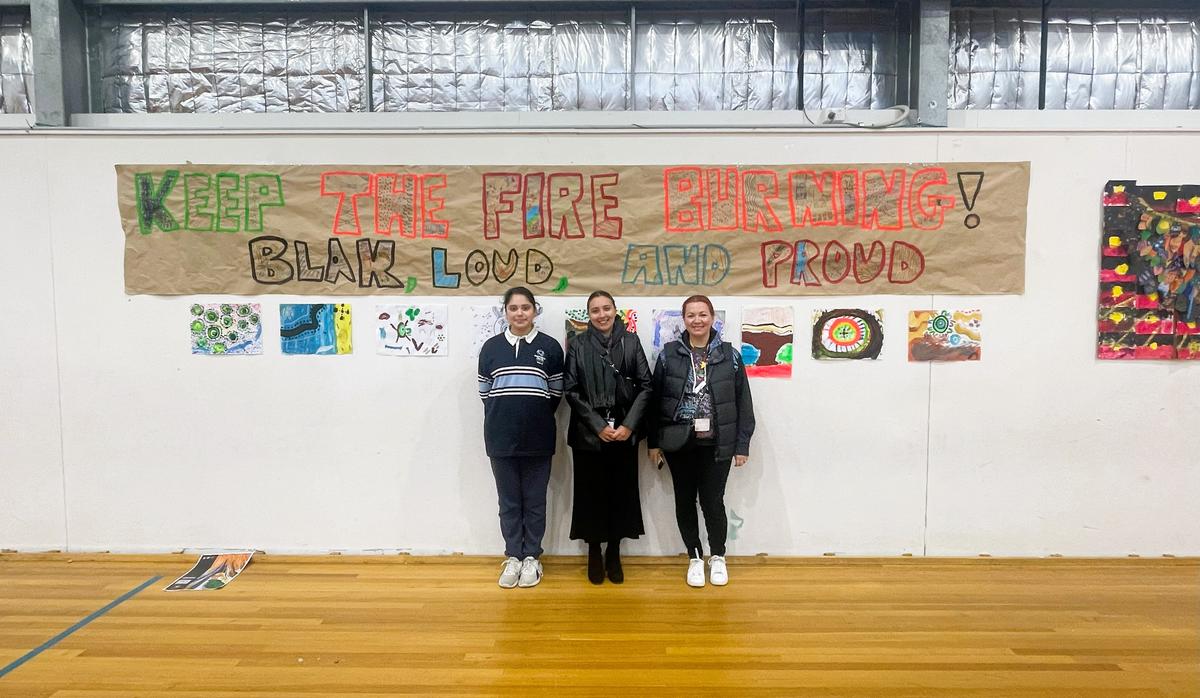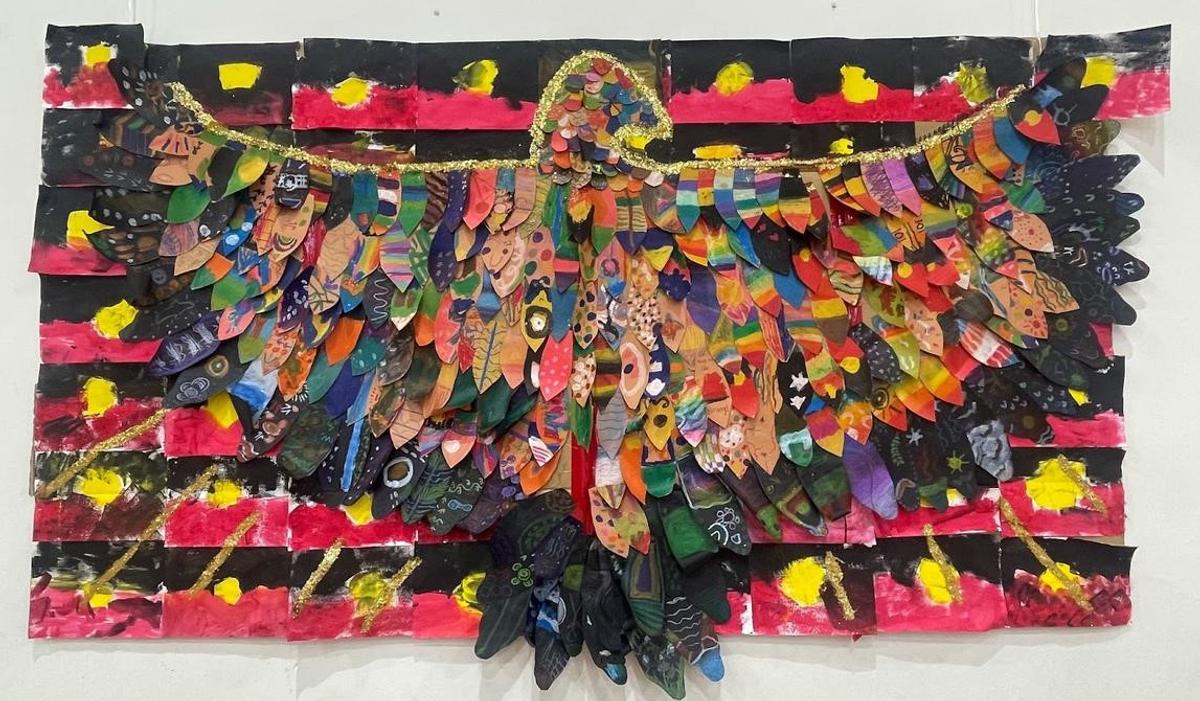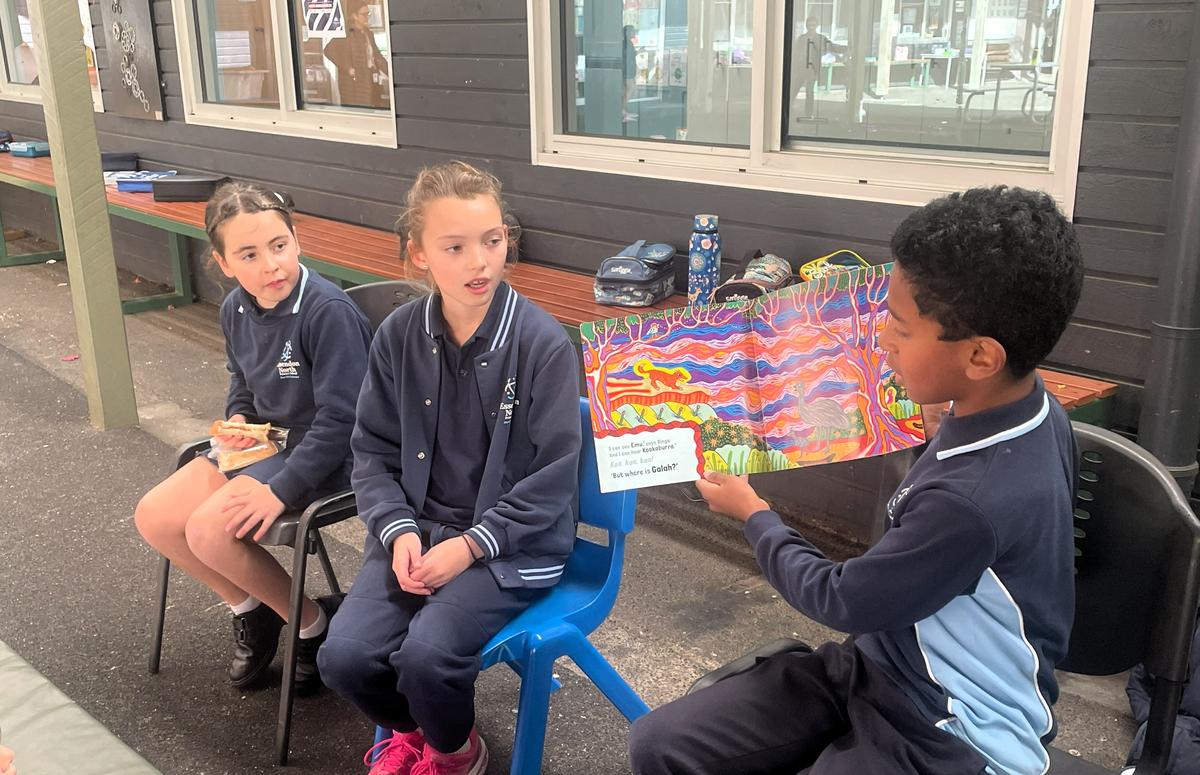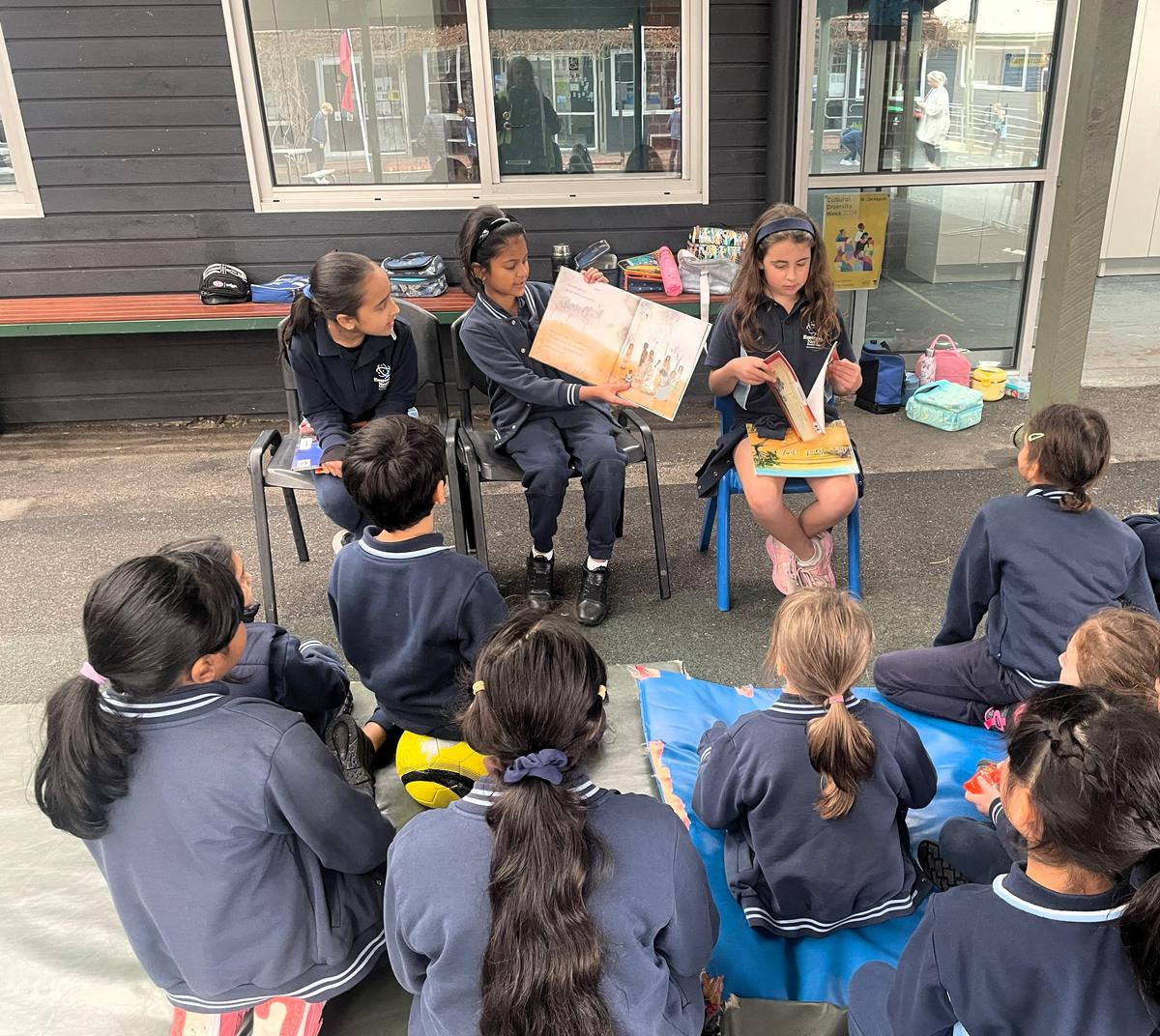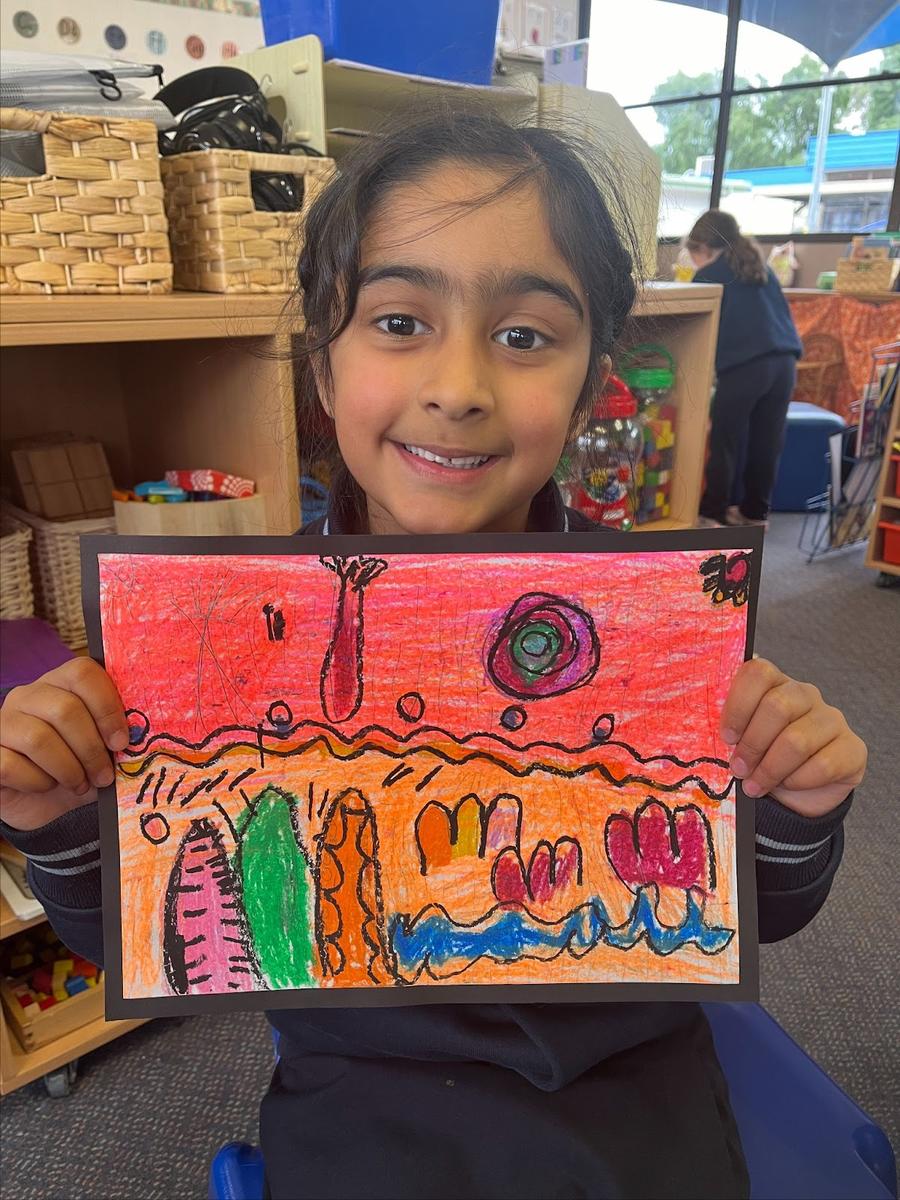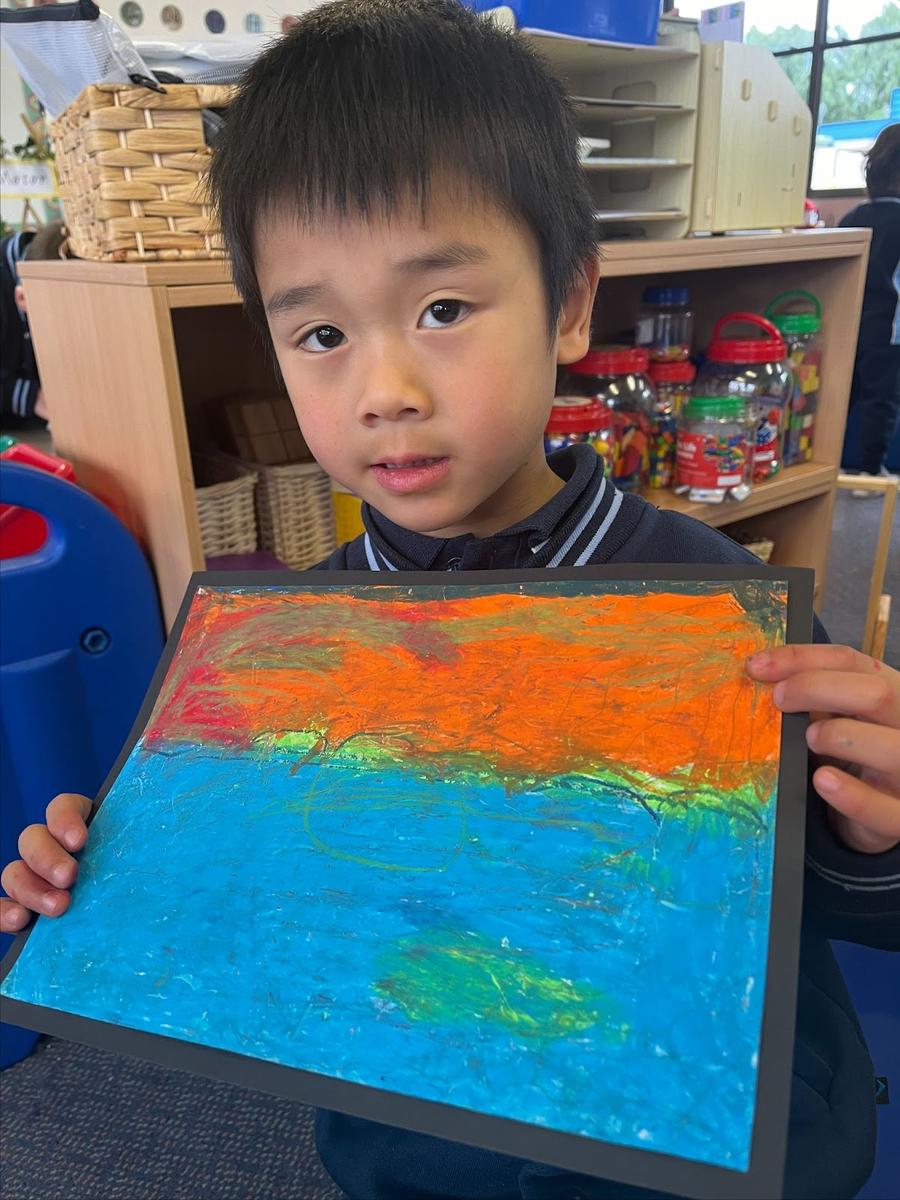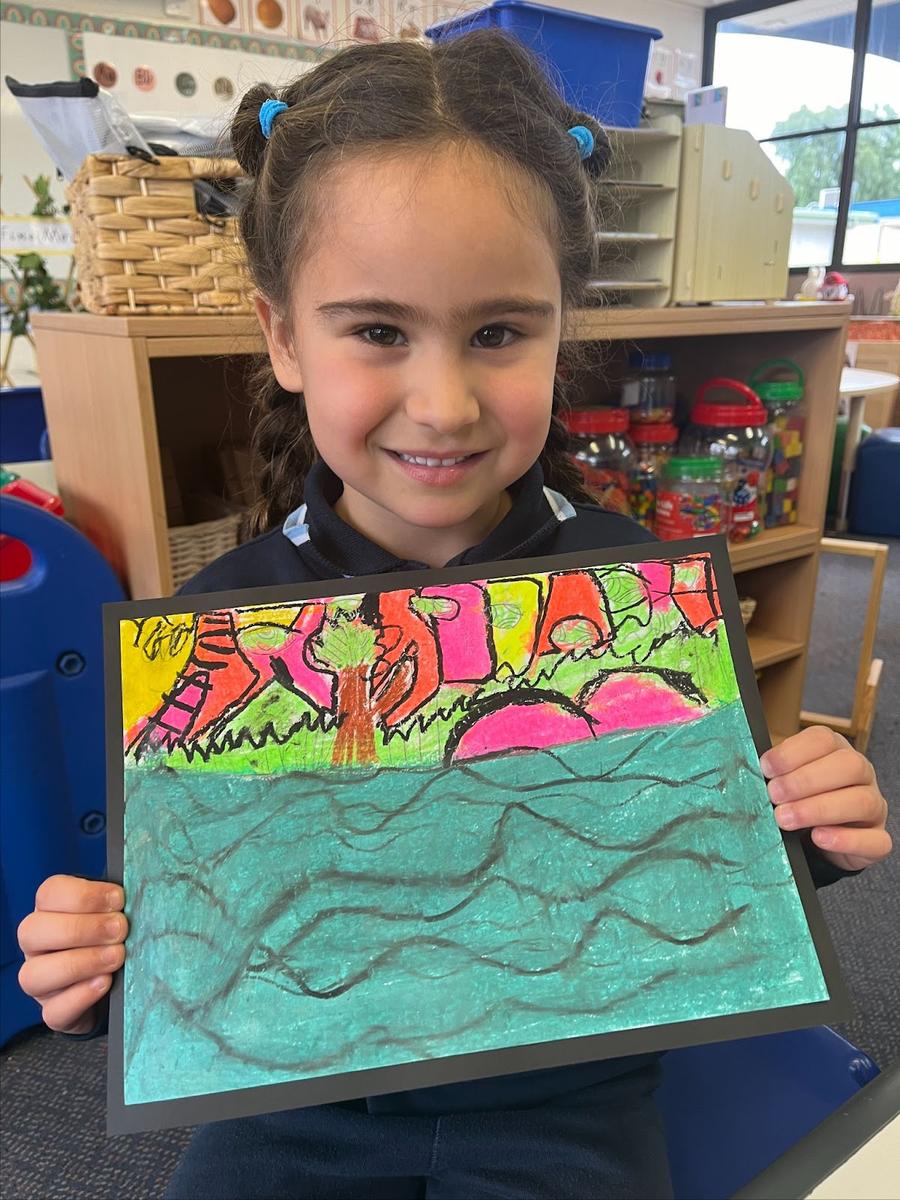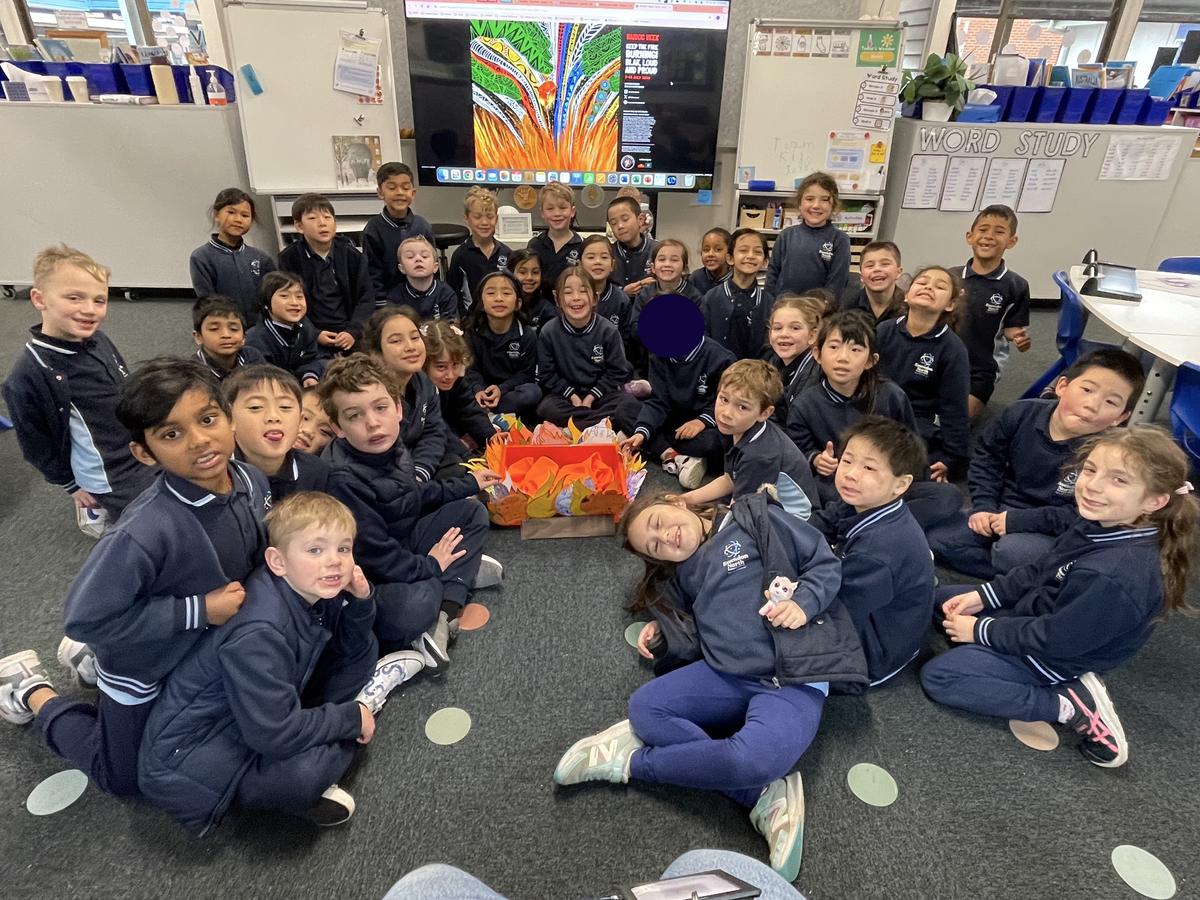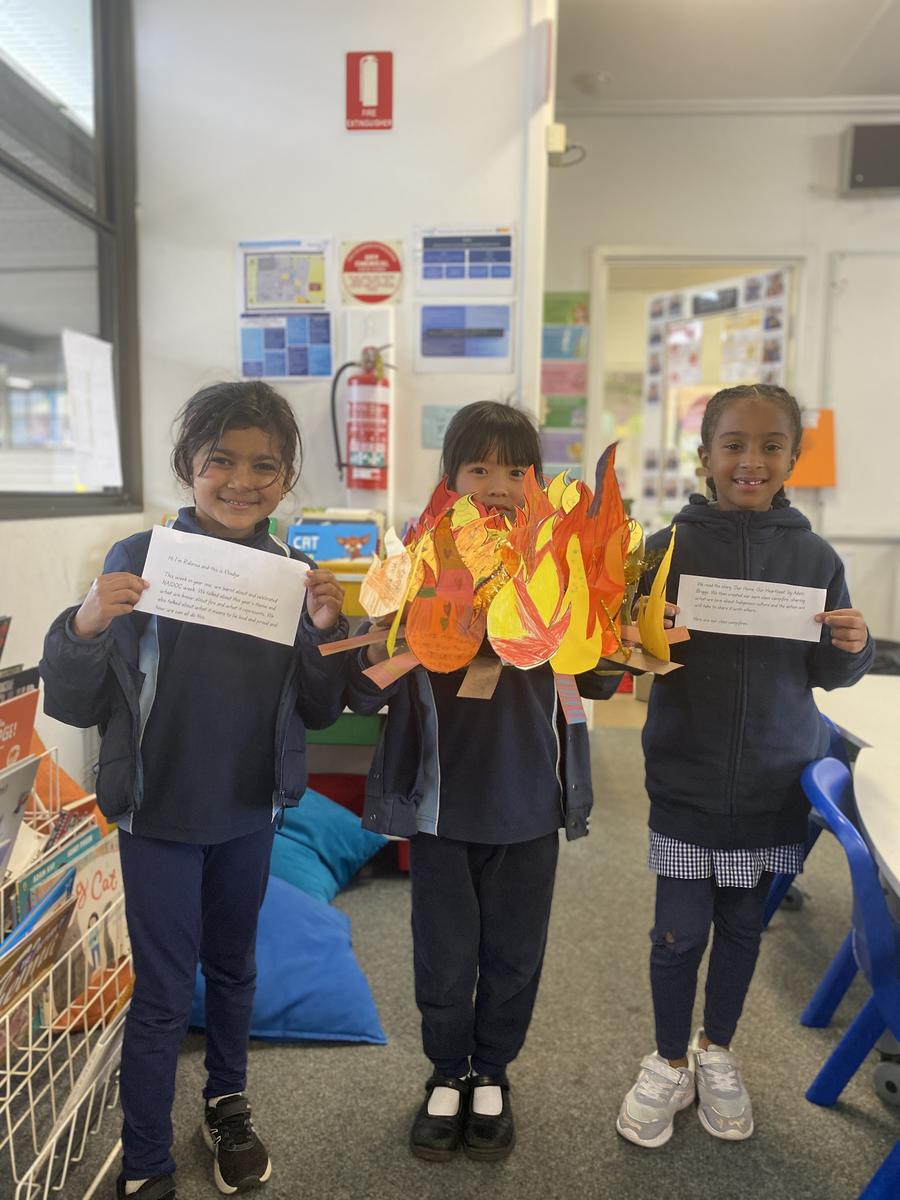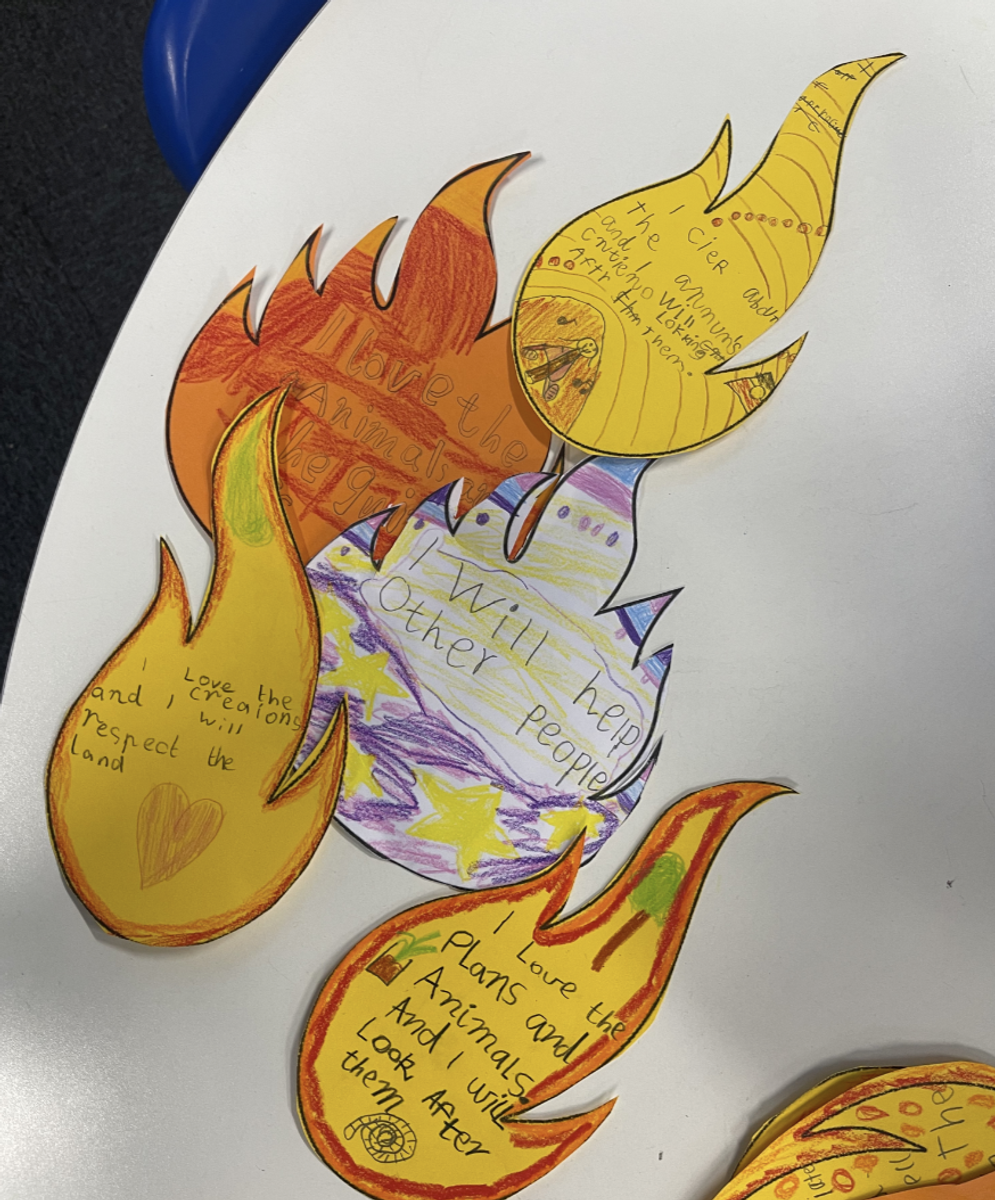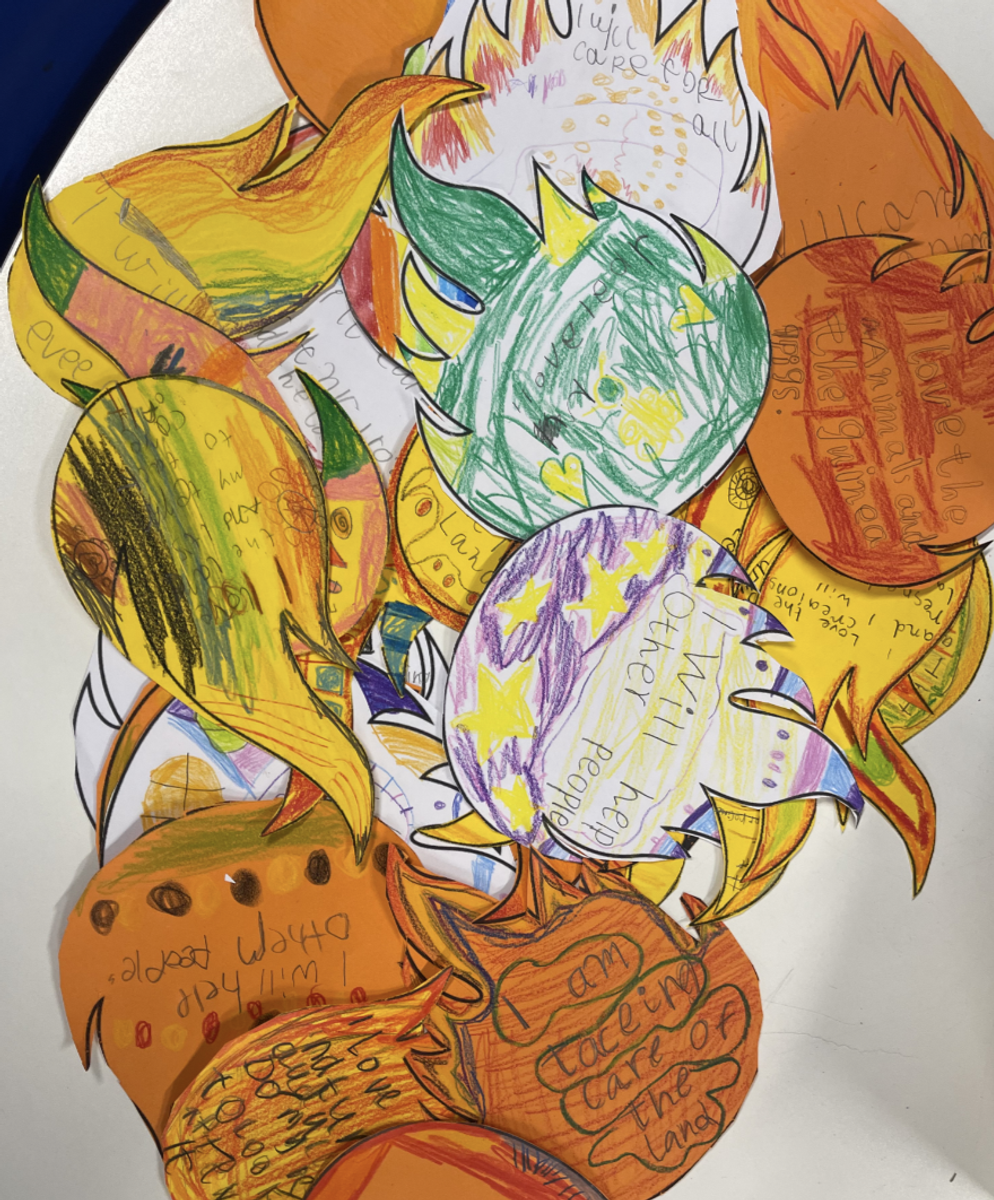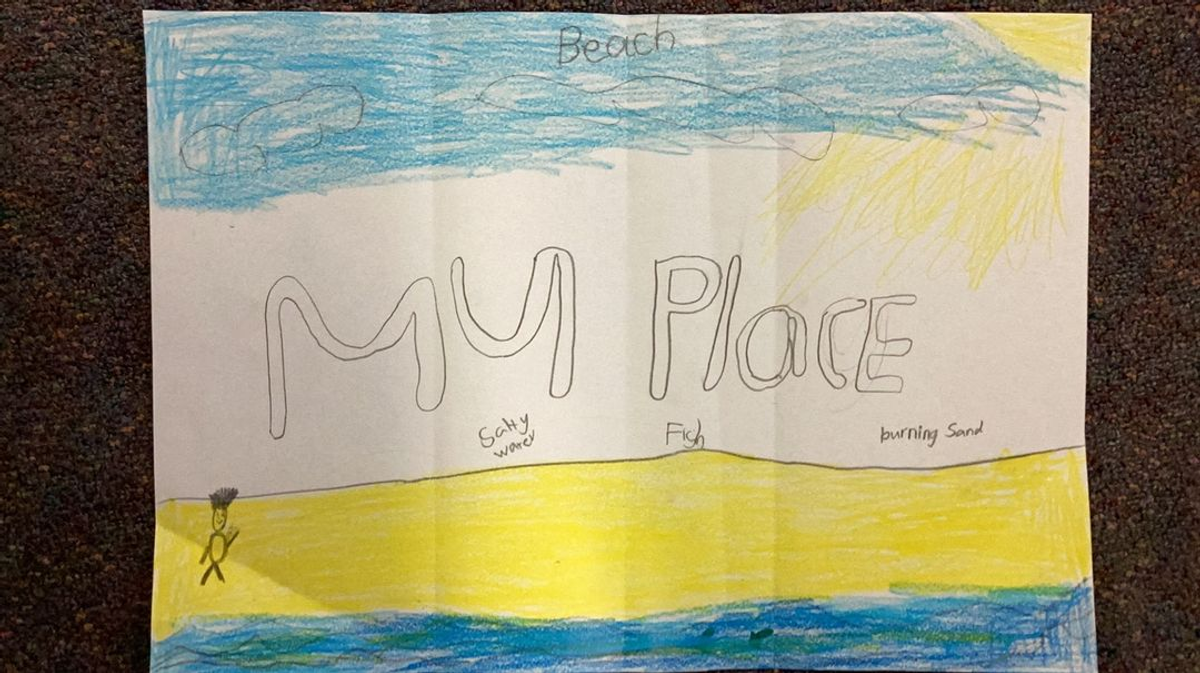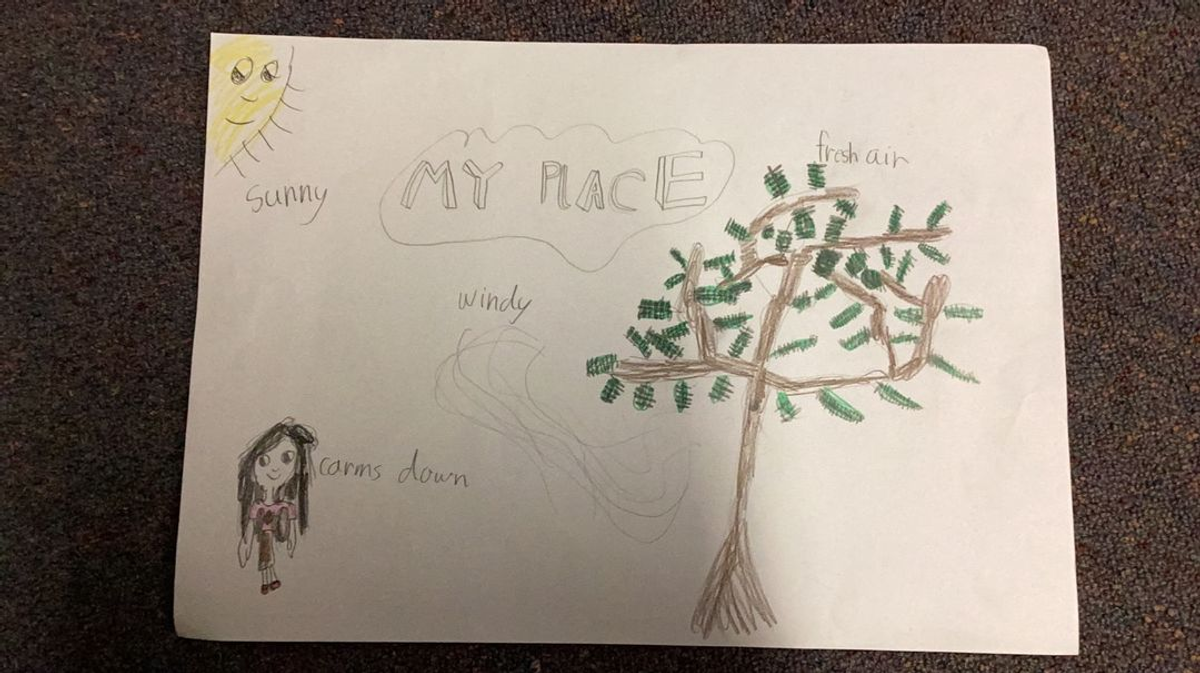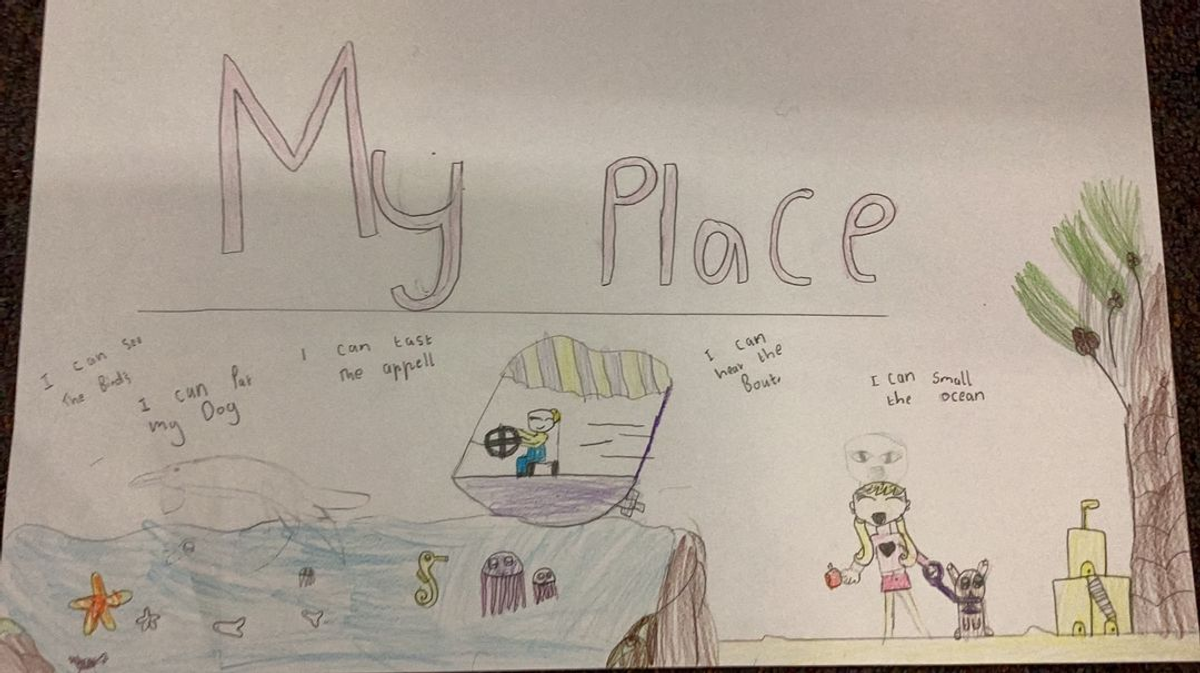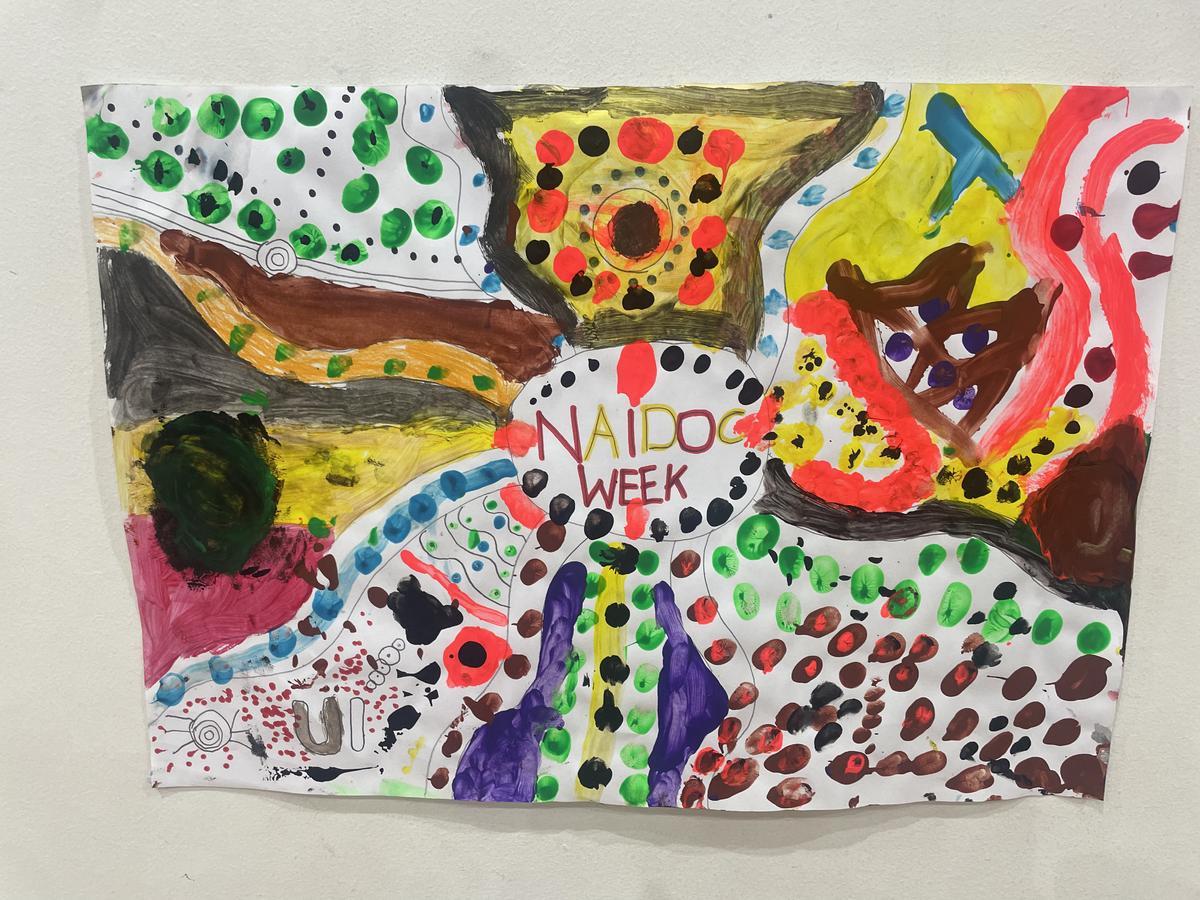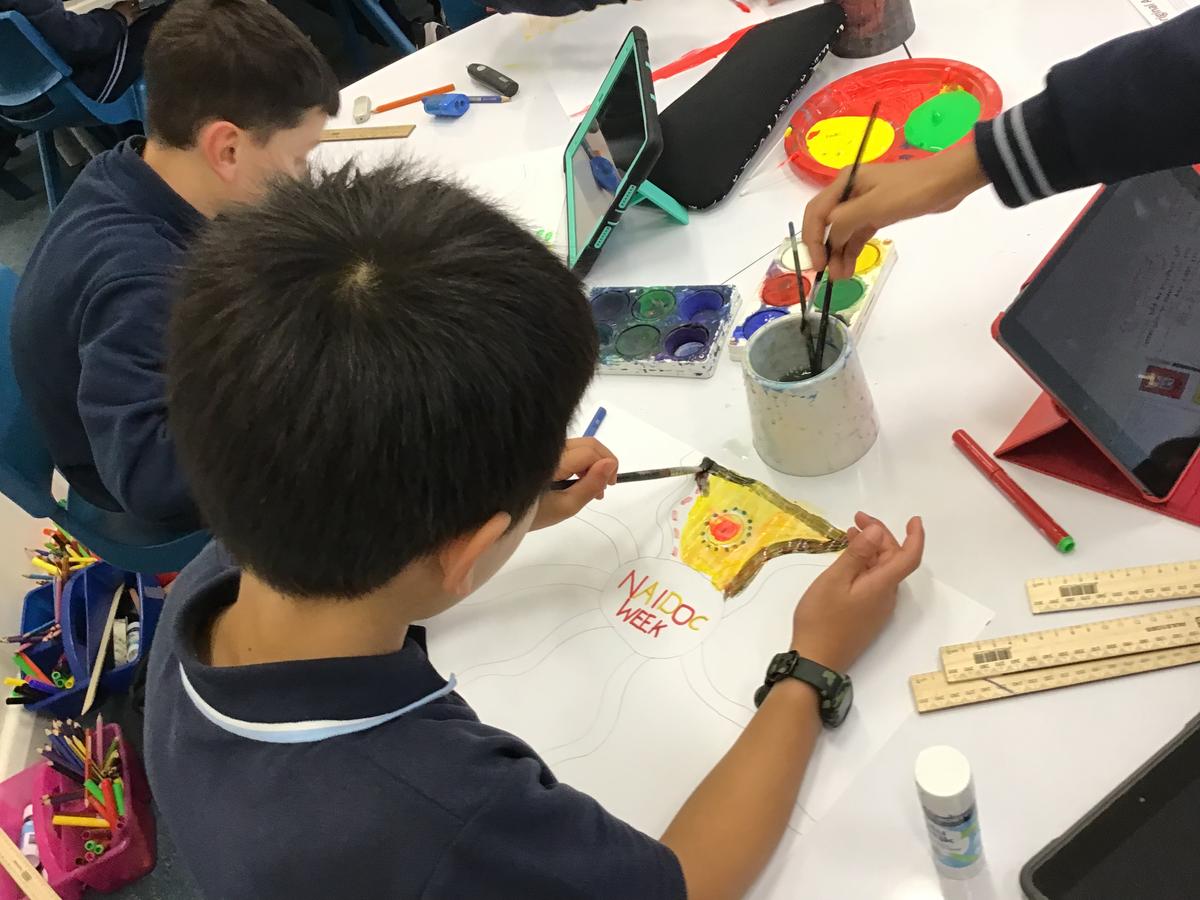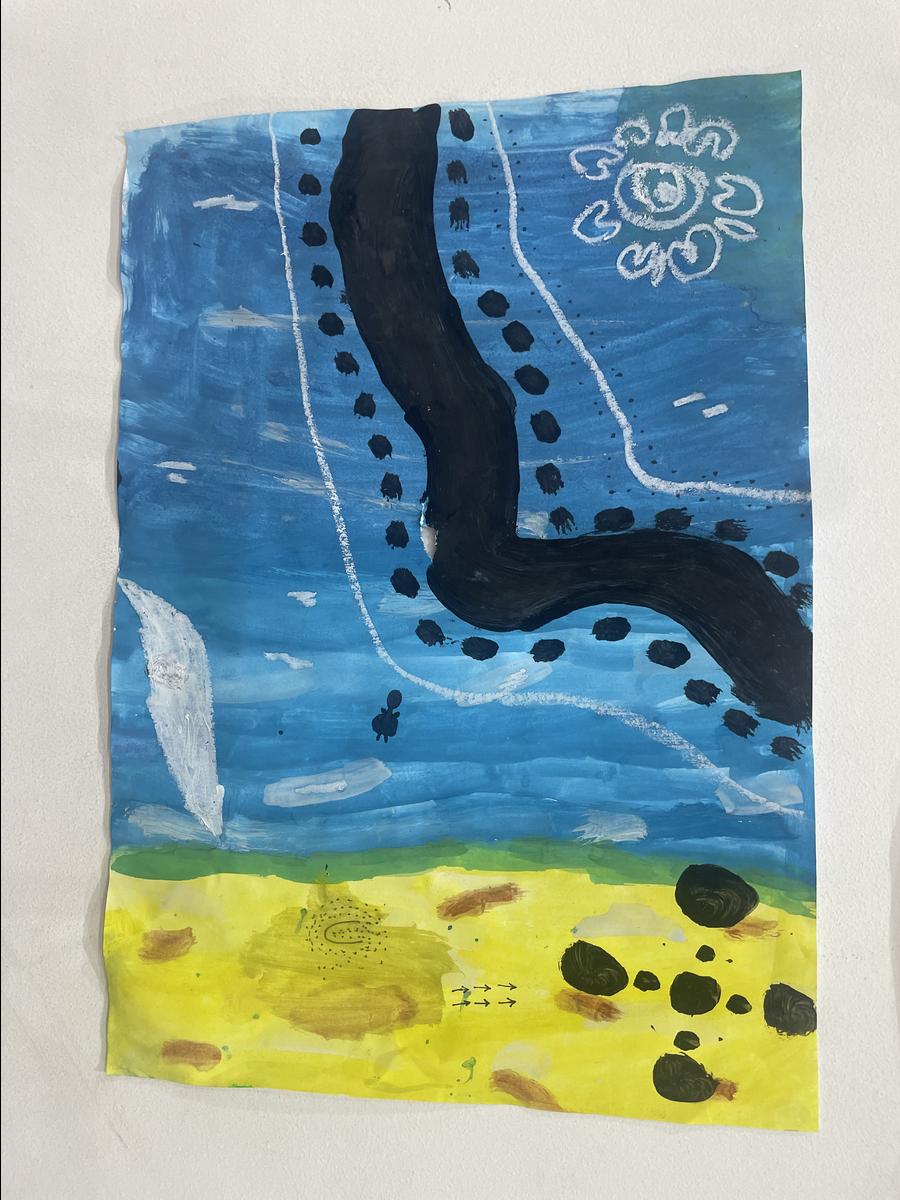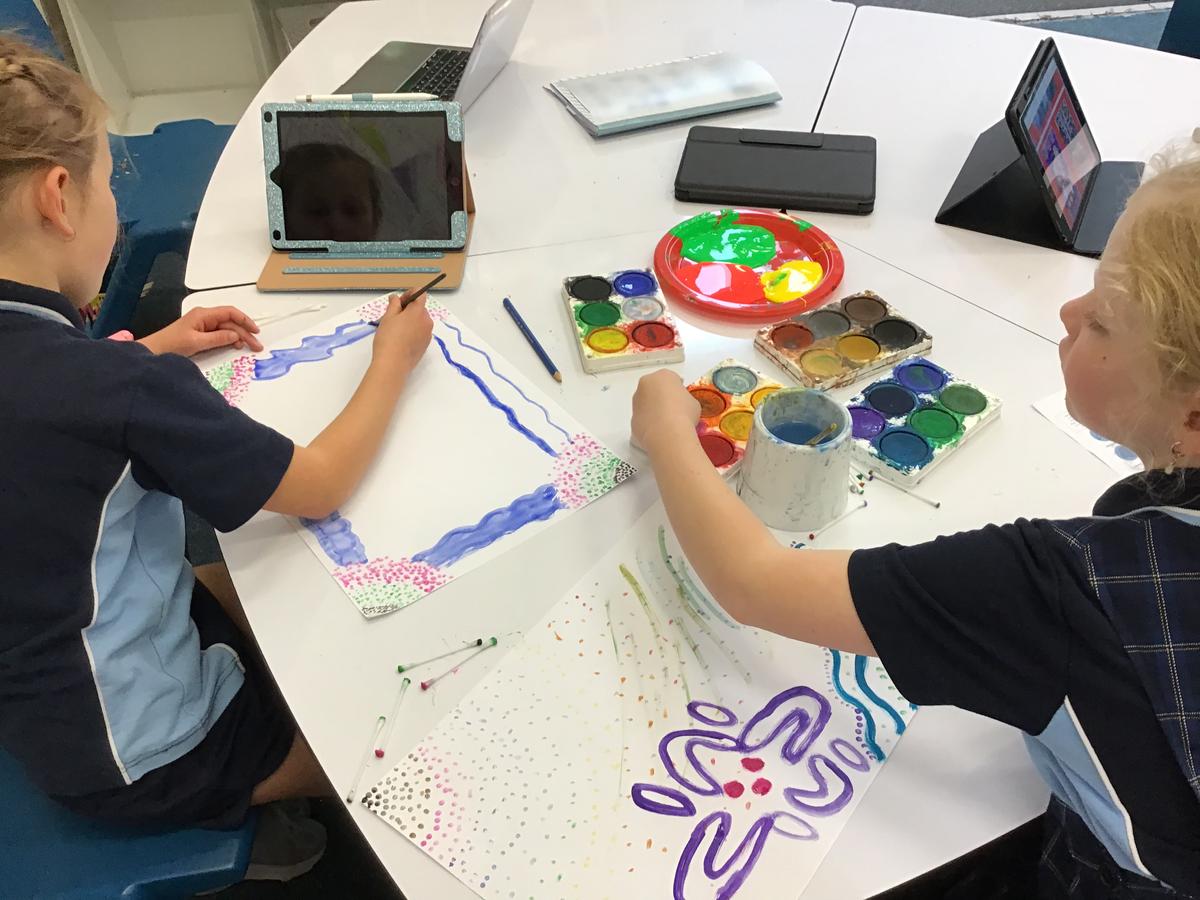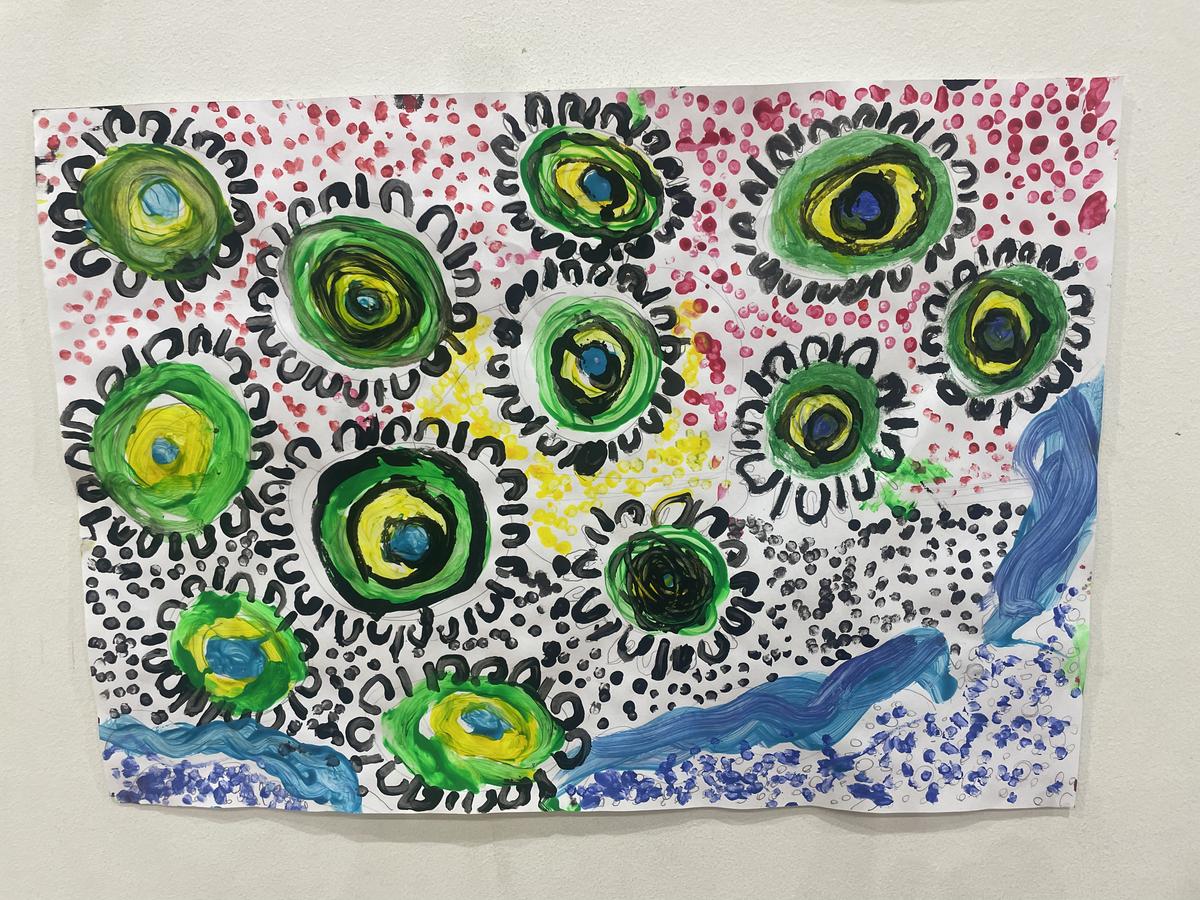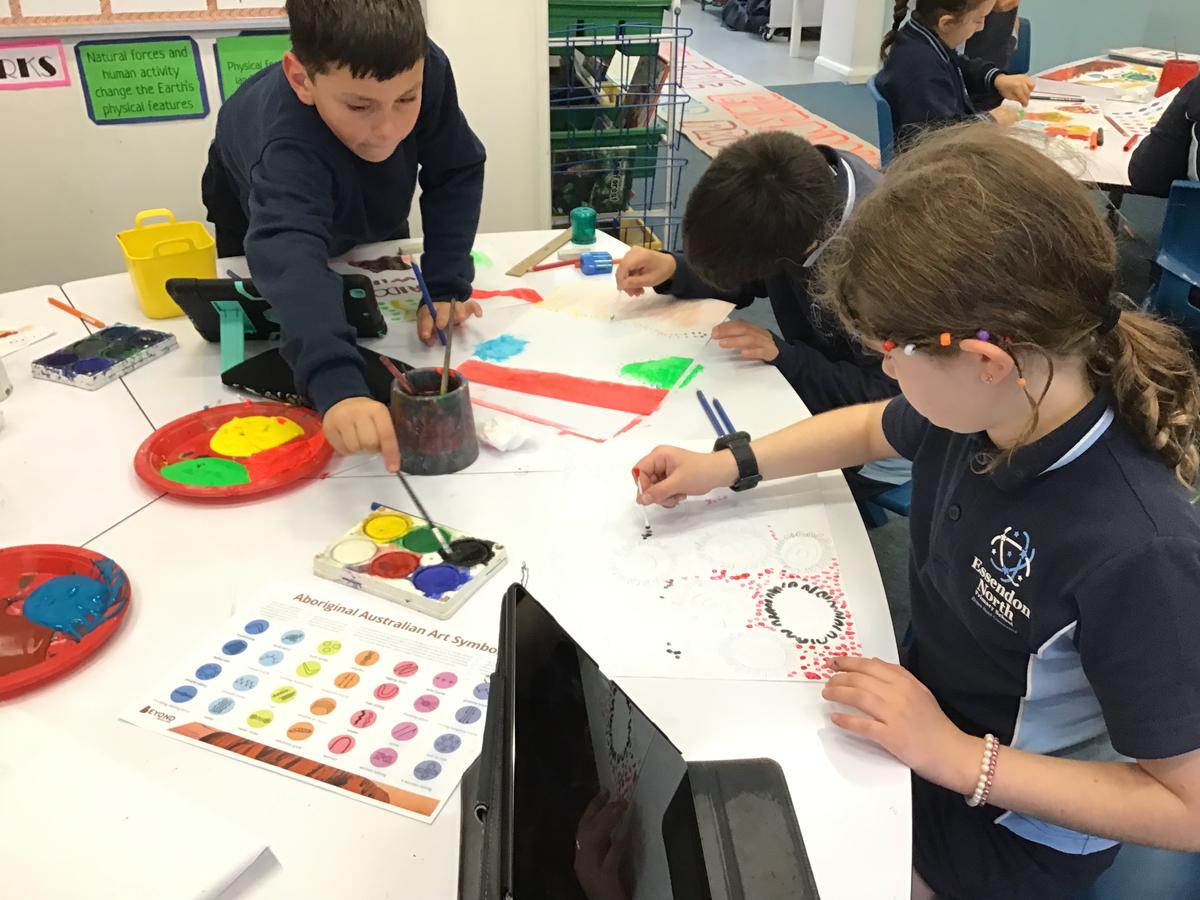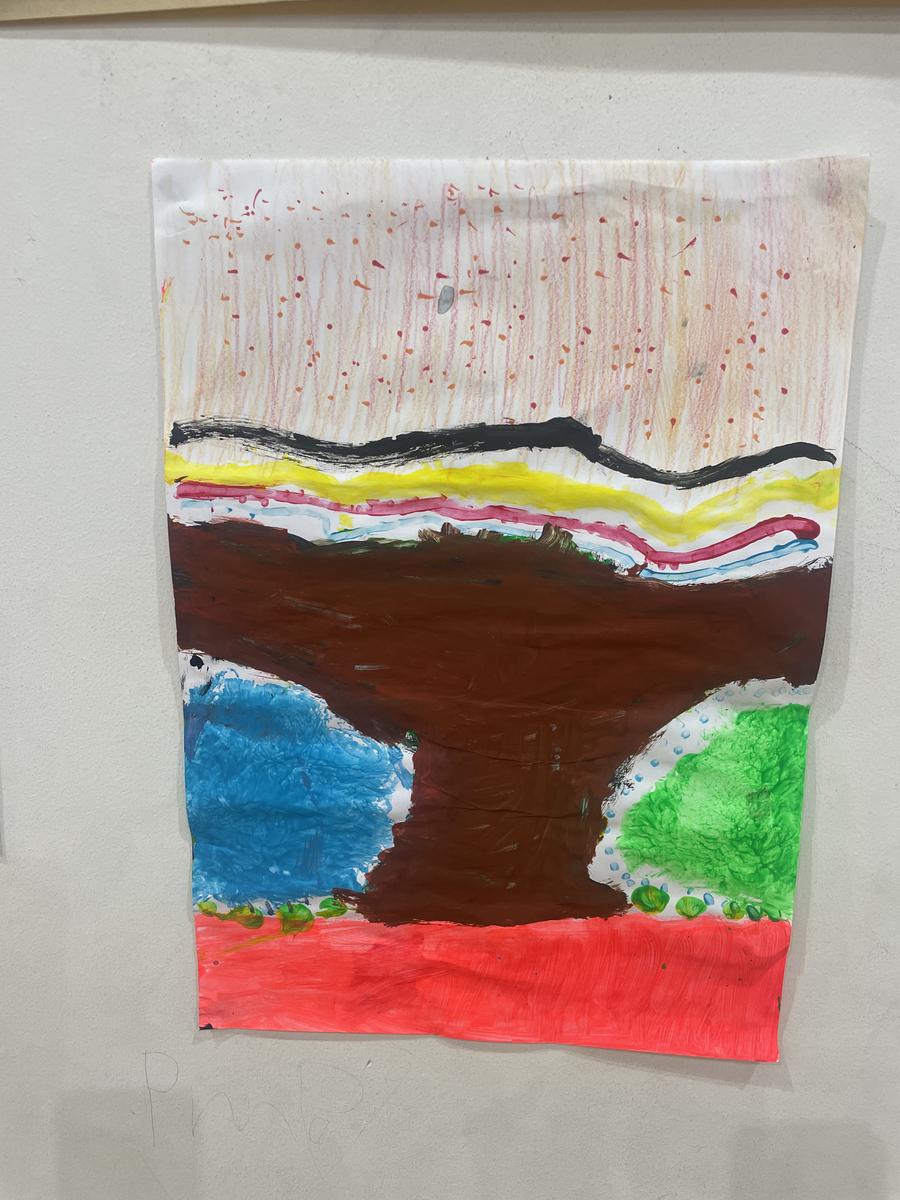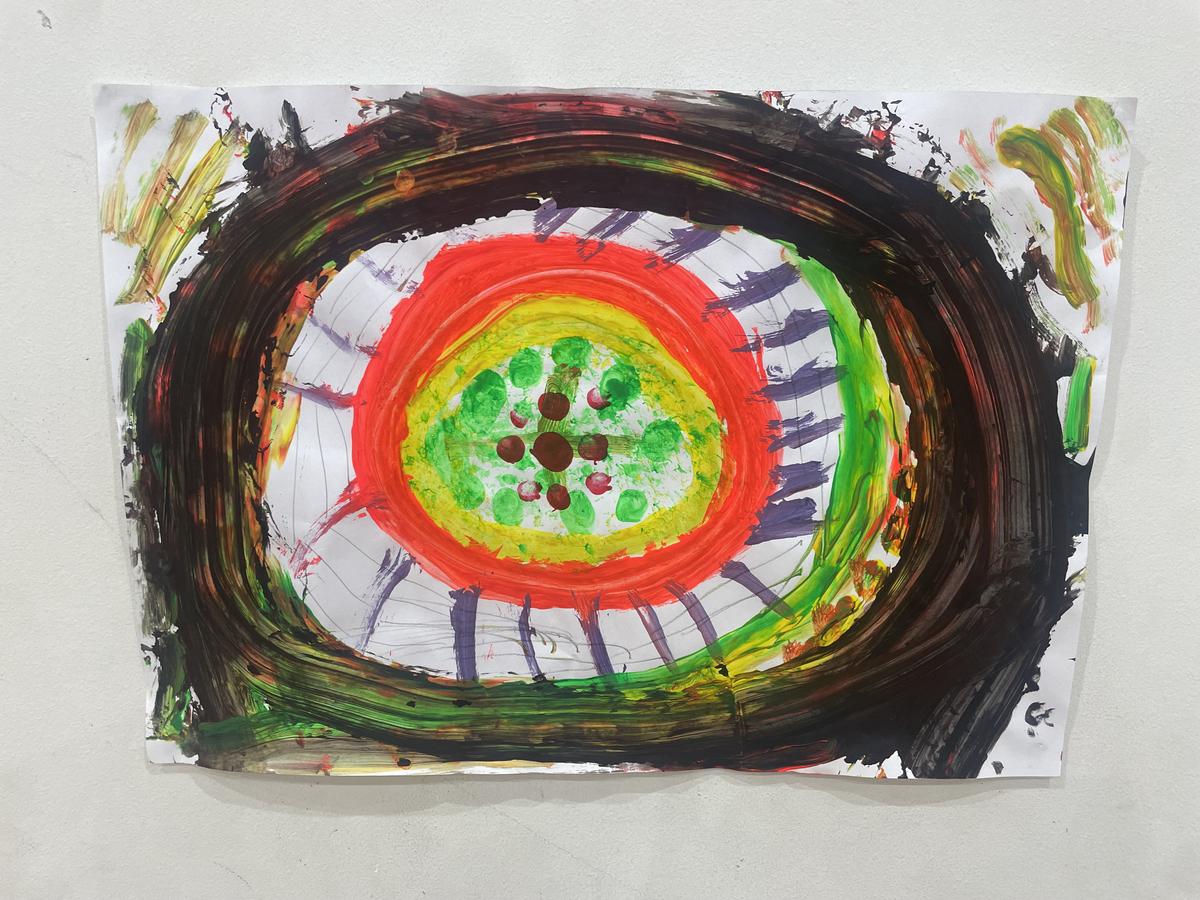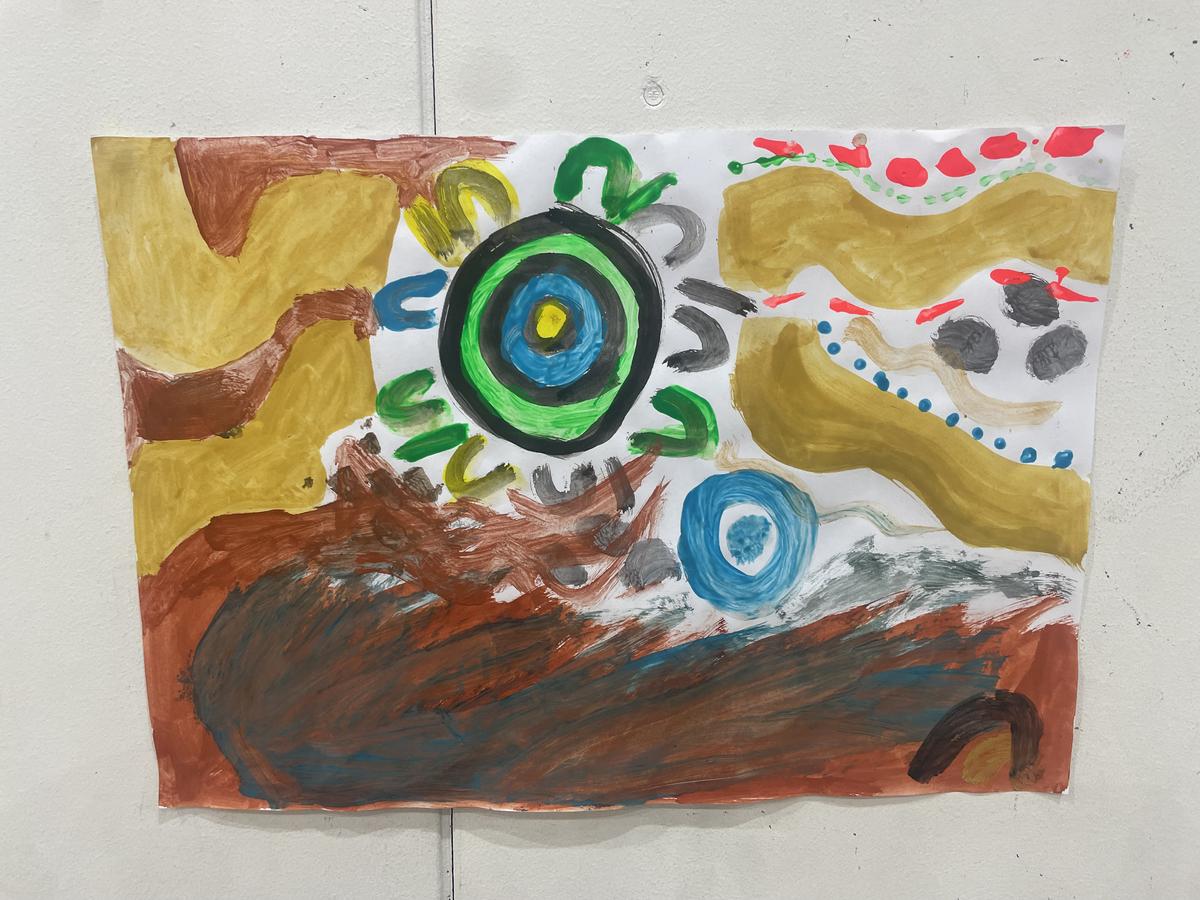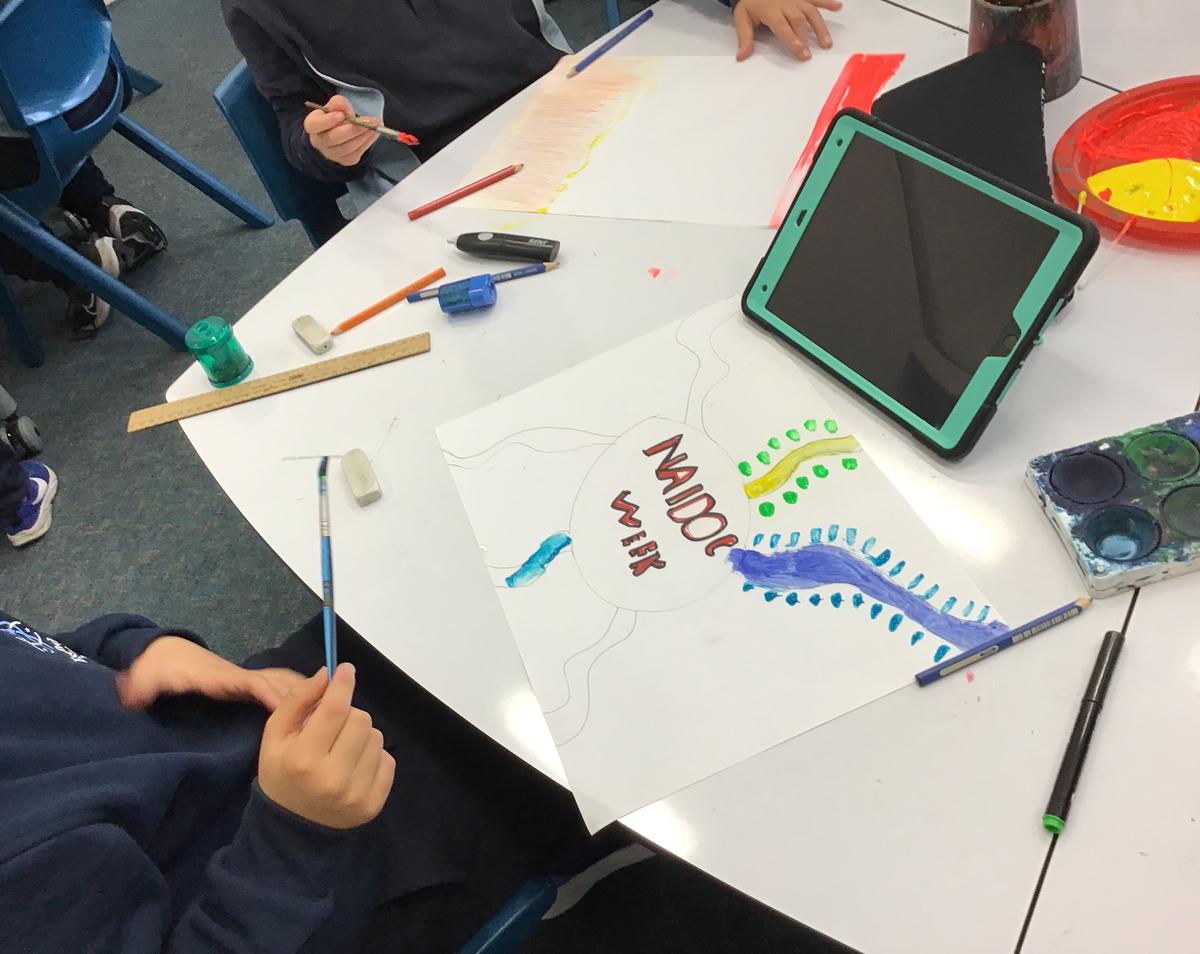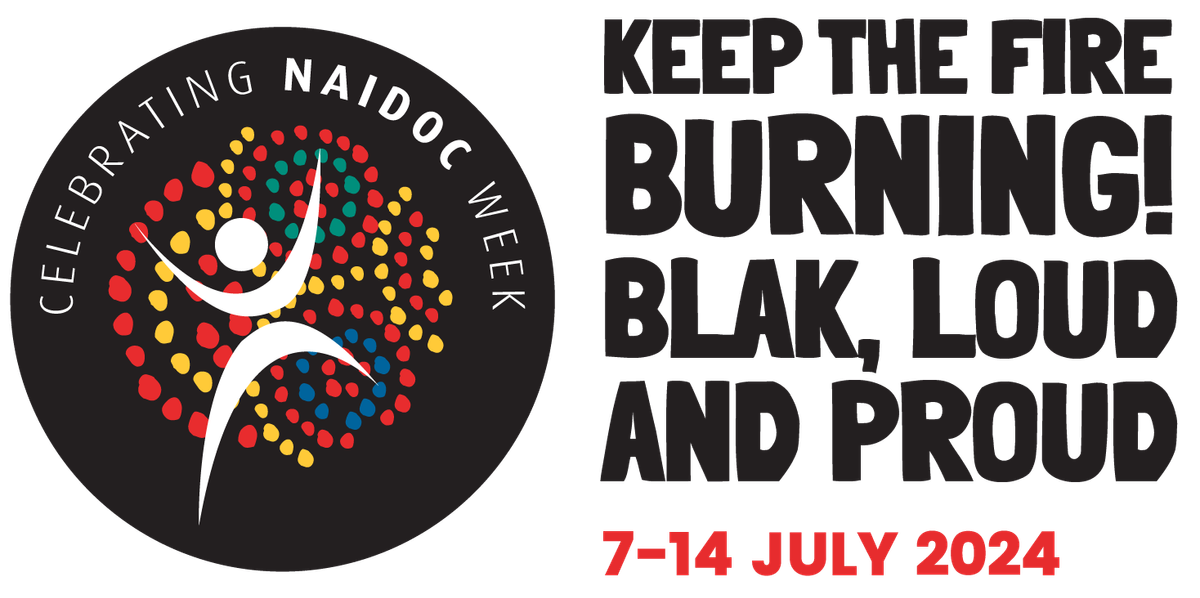NAIDOC Week

Wominjeka everyone,
National NAIDOC Week is a time to celebrate the many who have driven and led positive change in our communities over generations. They have been the heroes and champions of the fight for equal and human rights.
At ENPS, we recognise the importance of all students learning about the truth of Aboriginal and Torres Strait Islander histories and cultures. Students have delved into the history of Aboriginal and Torres Strait Islander peoples, learning about their ancient civilizations, cultures, and the impact of colonisation. They have explored significant events and milestones, gaining insight into the resilience and strength of Indigenous communities.
By engaging in these multifaceted learning experiences, our students have developed a profound understanding and respect for Indigenous people. They have learned to appreciate the depth and richness of Indigenous cultures and histories, fostering a sense of empathy, inclusivity, and responsibility towards reconciliation.
A special thank you to Isabella and Tamara, our Koorie Education Support Officers (KESOs) for attending our special NAIDOC assembly last Friday. Also, well done to Saanvi, our School Captain, for making a quick sprint from the excursion bus to the gym. She certainly did a great job hosting the assembly solo, as Harry was late coming back from the Year Six excursion.
A big congratulations to all the students from Foundation to Year Five who were so brave and confident in sharing their learning with the school community. Each year, the depth of their understanding grows, reflecting their commitment to learning about these important topics.
WOW!!!!!! What about the amazing piece of artwork of Bunjil the eagle, which was created by all students during Visual Arts sessions? Thank you, Mrs Myszka, for always providing authentic and transdisciplinary learning experiences. Head over the Visual Arts page to learn more - we need to find a place to showcase this amazing creation!
Also, thank you to the Year Four students who kindly volunteered their time to be involved in Storytime of Indigenous stories during lunchtime. The younger students really made connections to the stories and cosily sat with the older students.
To kick start our Australian unity and pride, prior to the 2024 Olympic Games in Paris, I would like to give a big shout-out to Patty Mills, the Australian Men's Basketball Captain. He encompasses this year’s NAIDOC theme “Keep the Fire Burning! Blak, Loud and Proud” through his basketball career, community involvement, and in his everyday life. GO AUSSIES!!!!!!!!
Please read on to discover the learning experiences across each year level as we celebrated NAIDOC Week at ENPS. As an inclusive school community, we will continue to respect the diversity and longevity of Australia’s First Peoples and protect the sacred land we all live on today.
Take care,
Sharon McWhinney and the ENPS Marrung Champion Team - Louise Ryan, Lana Harris and Rhys McIntosh
Foundation
We connected to NAIDOC Week by listening to, and exploring stories to learn about Aboriginal Culture. One of our favourites was, ‘Where is Galah?’. We studied the country and landscapes highlighted in the story and created our very own using oil pastels, to celebrate the beautiful land we are lucky to live on.
Year One
The Year One students learnt about and celebrated NAIDOC week. We read the story ‘Our Home, Our Heartbeat’ by Adam Briggs. We talked about this year's theme and what we know about fire and what it represents. We also talked about what it means to be loud and proud and how we can all do this. We then created our own class campfire, sharing what we love about Indigenous culture and the action we will take to share it with others.
Year Two
To celebrate NAIDOC week we looked at how NAIDOC week is to celebrate the history and culture of Aboriginal and Torres Strait Islander peoples. The Year Two students read ‘Our Place’ by Leonie Norrington, which is a story about the beach. This was an important place on country for the author. Then we talked about places that are important to us and created a poster. We focused on describing the different sights and sounds of nature.
Year Three
In celebration of NAIDOC Week, the Year Three students engaged in discussions about the perspectives of Indigenous and Torres Strait Islander peoples on the importance of celebrating NAIDOC Week. Through storytelling and Aboriginal art, students deepened their knowledge and understanding of the special connection that Aboriginal people have with the sacred land. Working collaboratively in small groups, students expressed their thoughts and perspectives on the theme "Keep The Fire Burning! Blak, Loud and Proud!" through words, statements, symbols, pictures, designs, and stories. In anticipation of the 2024 Olympic Games, students also explored the global achievements of Aboriginal sports people like Yvonne Cawley, Cathy Freeman, Lionel Rose, Adam Goodes, Lance Franklin, Ash Barty, Nova Peris and Patty Mills, gaining insight into the commitment, determination, and sacrifices these athletes made to realise their dreams.
Year Four
The Year Four students explored a range of resources across our learning environments to recognise NAIDOC week. We watched a video by the Go Foundation which explains the work that the Sydney Swans do to recognise NAIDOC week. We also watched Indigenous themed texts in the Storybox library. At assembly we had the opportunity to share our Acknowledgements of Country we created as an action during our last unit of inquiry; Where we are in place and time.
Year Five
In recognition of NAIDOC week, we read the text 'Main Abija My Grandad' by Karen Rogers with our Foundation buddies. 'Main Abija, My Grandad' is written in both Kriol and English. We made text-to-self connections with the book as we read it, we then drew a picture and wrote a sentence with our buddies.
Year Six
The Year Six students reflected about their holiday experiences and their connection to the country when discussing the significance of NAIDOC Week. Students then developed their own individual Acknowledgement of Country by linking to their connections to country.

